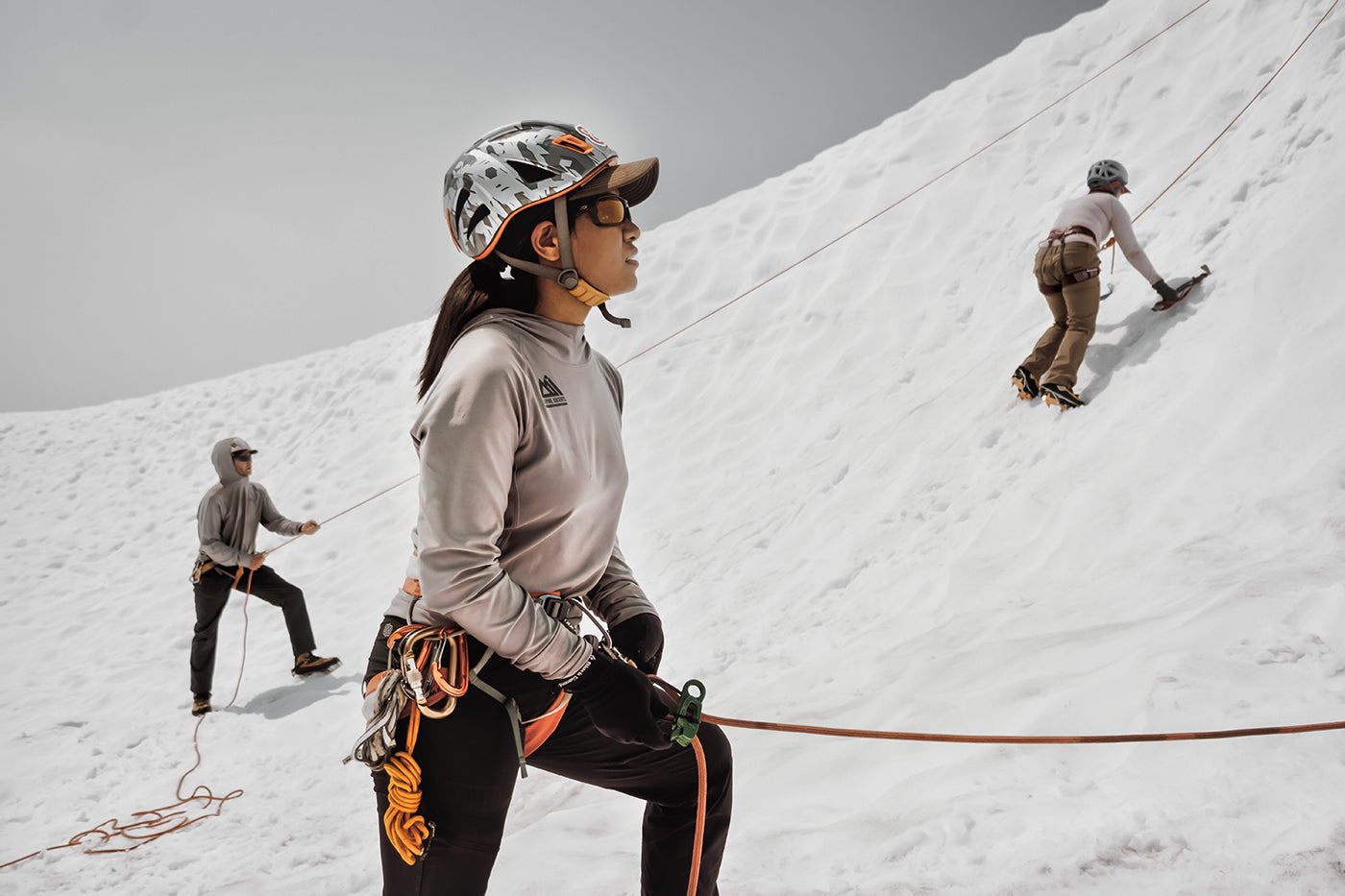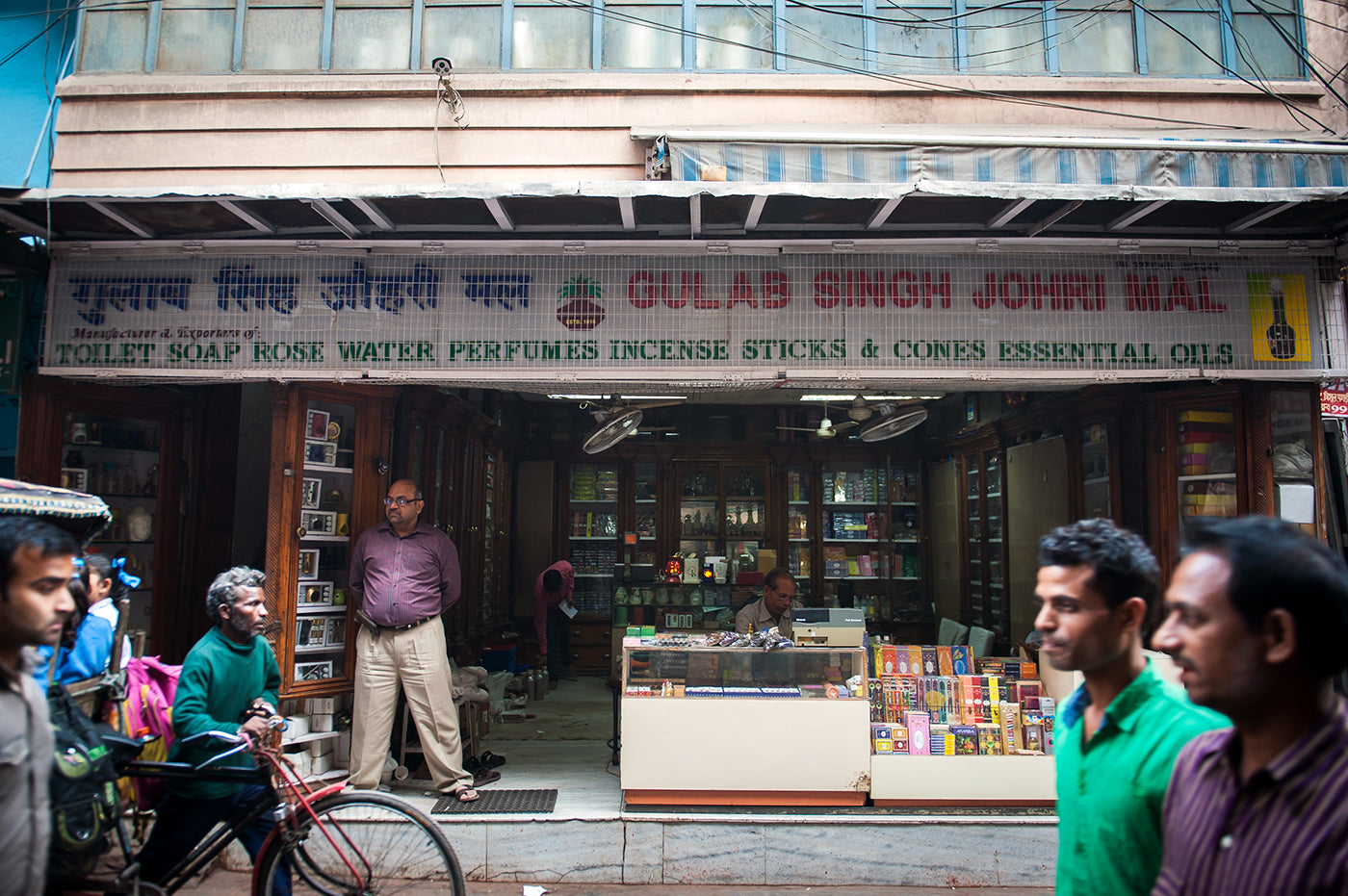
Taking The Women of Nepal To New Heights
Meet the Nepali woman who flouted cultural expectations of her remote village to become an internationally certified guide and one of the most accomplished alpinists of her generation
Growing up in a village of 50 houses in Rolwaling Valley, Nepal, Dawa Yangzum Sherpa spent all of her childhood outside. Her parents, three brothers, and two sisters would spend most of the year in a village at 4,200 meters (13,800 feet), then move down the valley to a lower elevation for the winter. Despite being surrounded by Himalayan peaks sought after by mountaineers the world over—including Everest—they did not encounter outdoorsy sports like skiing and climbing. With no roads to their village and the nearest town a few days away by foot over a mountain pass, they did a lot of high-altitude walking to get everywhere, but it was not considered hiking. Dawa Yangzum’s formal education ended at age 11. To the people of the Rolwaling Valley, carrying huge buckets of water to and from the river and ferrying heavy loads up and over mountain passes was not hiking or climbing—it was just life.
Every spring, Dawa Yangzum would watch dozens of men from her village leave their home to go work on climbing expeditions throughout the Himalayas and beyond. They would work as porters and guides for mostly Western expeditions, earning several times the average yearly income for other Nepalese households in just a few months. “Every house in my village has two to three people who have summited Mount Everest,” Dawa Yangzum says. “I would hear on the radio about them getting money and getting famous.” In her community, climbing mountains was a job, not a sport, and only men were encouraged to pursue it. Women were supposed to stay home, have kids, work in the fields, and take care of the family—a life that Dawa considered dull compared to the climbers who would return from expeditions with cool equipment and impressive stories. Dawa Yangzum wanted to become the first woman from her village to climb Everest.

Dawa Yangzum Sherpa is currently one of the most famous female mountaineers in the Himalayan state. In 2012, she scaled Everest from the Tibetan north side. (Photo: Anna Callaghan, Cliffhanger)
In 2003, at age 13, Dawa Yangzum was ready for something different. She had a bad relationship with her father, she was not in school, and she had no reason to stay in the valley. So when a trekking group came into town looking for porters, she jumped at the opportunity. Without telling anyone, Dawa Yangzum left Rolwaling Valley. She and five other women were hired to carry heavy loads for six days through the snow to a neighboring town. When the other porters headed back to the valley, Dawa Yangzum kept going, all the way to Kathmandu. She lived there for the next five years with various family members: an uncle, cousins, and her brothers. At 18, Dawa Yangzum’s older brother, who worked as a guide on Everest and other peaks, hired her as a trekking guide. She enjoyed the work but realized it paled in comparison to her biggest dreams of summiting Everest. In 2010, she took a free climbing course at the Khumbu Climbing Center (KCC), a nonprofit school started by American climbers Conrad Anker and Jenni Lowe-Anker designed to teach Nepalese climbers the technical skills required to do their jobs safely on expeditions.
When instructors noticed her proficiency with knots, rescue systems, and climbing techniques, they asked her to come back the next year as an instructor. “One of the big, big things is that I was in KCC, which helped me,” Dawa Yangzum says. “When you go to climbing school, you just go there with your clothing, and then you get harnesses, crampons, a helmet. Everything’s there and you just go climb and then give the gear back. If you rent it out, it’s expensive, and it’s not the good stuff. The KCC helps you in the beginning.” Dawa Yangzum spent the next two years gaining experience by climbing 7,000-meters (23,000-foot) Himalayan peaks and taking more intensive mountaineering classes. After teaching at KCC in 2011, Dawa Yangzum was invited by Anker to join a 2012 Everest expedition sponsored by National Geographic and The North Face. She was excited, but also nervous about how tough it would be. And it was, hauling dozens of heavy loads between the various camps and climbing hundreds of vertical meters at high altitude day after day. But when she stood on top of the 8,848-meter (29,029-foot) peak on May 25, 2012, it was all worth it.

Being a guide means carrying a much heavier pack than the clients. (Photo: Anna Callaghan, Cliffhanger)
Summiting Everest was not only the realization of a lifelong dream, but it was also a major turning point for Dawa Yangzum’s career. She wanted to lead the climbing expedition instead of just running support for it, so she decided to pursue guiding. What followed was several years of rigorous training courses, exams, and ticking big personal climbing objectives. She started spending summers on mountains in the United States, mostly Mount Baker and Mount Rainier in Washington, then spring, fall, and winter back in Nepal. She summited the 6,189 meters (20,305 feet) Island Peak, and then the 623 meters taller Ama Dablam and got the first ascent on Mount Chekigo (6,812 meters, 20,532 feet). In 2014, Dawa Yangzum and her climbing partners, Pasang Lhamu Sherpa Akita and guide Maya Sherpa, stood atop K2, the second-tallest mountain in the world.
The duo became the first all-female Nepali team to summit the “Savage Mountain.” In 2017, Dawa Yangzum earned her International Federation of Mountain Guides Associations (IFMGA) certification, making her the first Nepali woman ever to do so, and the next year she climbed the highest peak in North America: 6,190-meter (20,310-foot) Denali. Shortly after becoming a sponsored athlete by The North Face, she summited the fifth-highest mountain in the world, Makalu at 8,481 meters (27,825 feet), climbing from Advanced Base Camp to the summit in 21 hours. While her climbing career and guide certification process has been filled with ups and downs, including times when she was depressed and wanted to quit, Dawa Yangzum is very happy with her lifestyle and decision to see it through.
She splits time between Rainier and Boulder, Colorado, when she is in the United States, and Kathmandu when she is in Nepal, working as a guide in both countries. Her family and friends want her to slow down and stay put somewhere, but she is not stopping anytime soon. Future objectives include a winter ascent of an 8,000-meter peak, climbing Everest without oxygen, and putting new routes up in Rolwaling Valley. In the first 10 years of her climbing career, Dawa Yangzum was the only woman from her village who was climbing. Then one year three girls from the Rolwaling Valley started climbing peaks. “I’m not considered a good girl ‘cause I’m too outward, too rough,” Dawa Yangzum says. “My friends and family don’t understand me, they say, ‘Oh, you have so many things, you have fame, you have so much going on, still why do you keep climbing?’ I keep telling them, ‘I think climbing is the thing that brought me here; mountains and climbing made me who I am today. I should climb.’”
This story was originally published in Cliffhanger and written by Julie Ellison.


